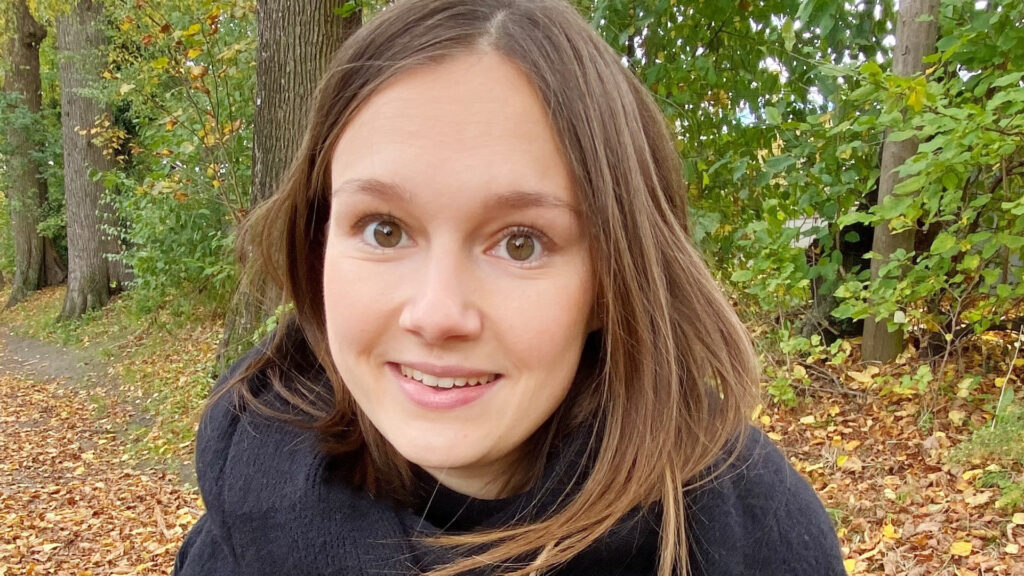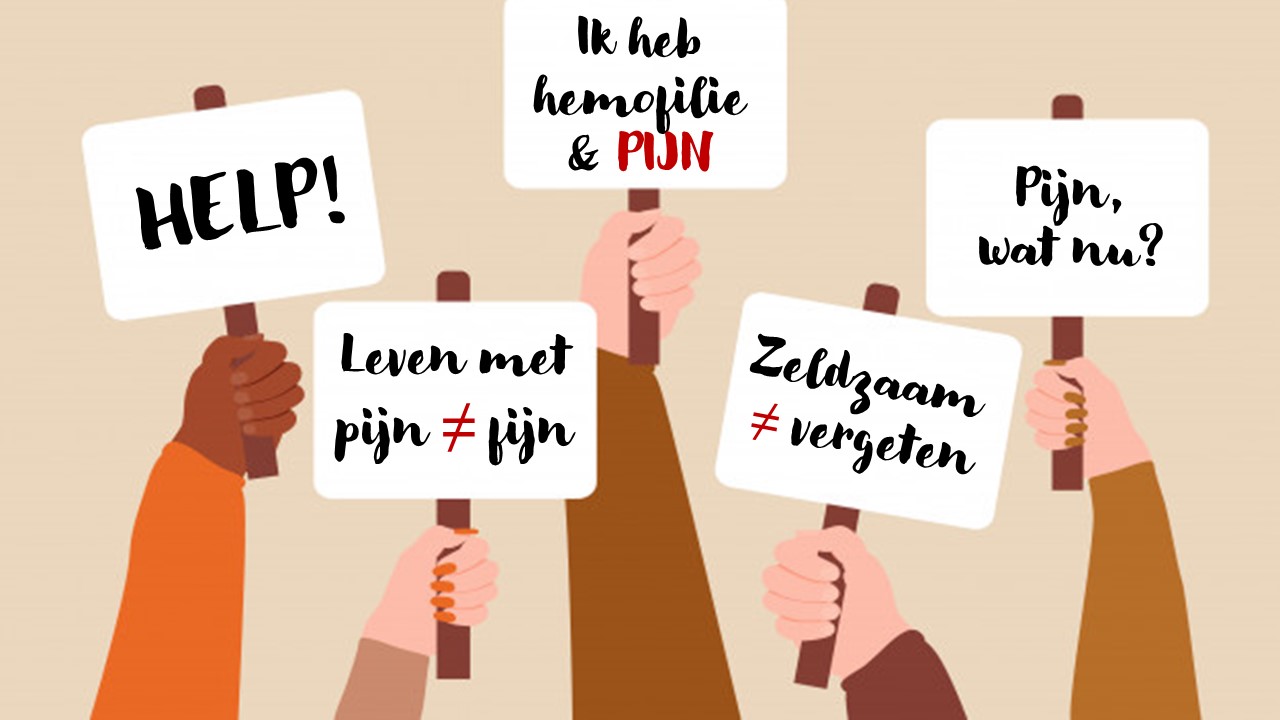Explaining what your research is about in a clear and concise way isn’t easy, especially if your audience has little or no prior knowledge of the subject. That’s why UAntwerp organises PRESS>SPEAK, an annual writing and presenting competition for young researchers taking their first steps in science communication. Every year, the winners of the writing contest are featured on the Pintra blog.
For the PRESS>SPEAK writing competition, researchers were instructed to explain their research in a text of 2000 characters or less. They also had to come up with a short and pithy title, a striking subtitle, and a picture illustrating the difference their research aims to make in society. The winning text, written in Dutch by Anthe Foubert (Faculty of Medicine and Health Sciences), is about haemophilia. Below is the English translation.
Haemophilia and the search for optimal pain treatment
Haemophilia is one of the world’s best-known rare diseases, but its impact on patients and society is unknown to many. For instance, patients suffer from joint pain that is not always caused by internal bleeding. In such cases, the traditional treatment with coagulation proteins as a painkiller fails. Time to dispel some common misconceptions and to offer patients optimal pain treatment.
People with haemophilia don’t produce enough clotting proteins, resulting in spontaneous internal bleeding, usually in muscles and joints. Contrary to what you might expect, such internal bleeding isn’t life-threatening. The real enemy these patients face is pain. In countries with access to medication, patients are advised to inject themselves with additional clotting proteins when a pain flare-up occurs. But there’s a caveat. Increased pain isn’t always caused by a haemorrhage, as it can also be caused by wear and tear of the joints – chronic arthritis caused by repeated joint haemorrhages. In this case, treatment with coagulation proteins, which are among the most expensive drugs in the world, will be in vain. As there is no bleeding to be stopped, their effect as a painkiller will be insufficient, so this traditional pain treatment falls short.
The price of pain
Pain has been a hot topic in research for years – just think of lower back pain or osteoarthritis. For haemophilia, this is not the case. Hence the cry for help from both patients and care providers to pay more attention to pain. As physiotherapists and researchers at MOVANT, a research group at the University of Antwerp focussing on rehabilitation and exercise, we are among the first to take a closer look at the cause of pain in haemophilia. We are convinced that there may be better and cheaper alternatives for the treatment of these joint pains.
Fortunately, there is hope. In the future, patients’ quality of life will improve and the economic impact on society will decrease. Effective pain treatment will make additional injections unnecessary. Because even a rare condition such as haemophilia can have a strong socio-economic impact. But the well-being of patients is paramount, because living without pain is invaluable. In short, it will take blood, sweat and perseverance, but this will be a win-win situation for everyone.



